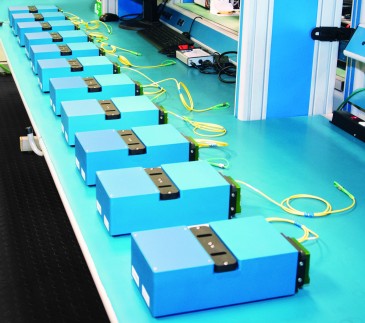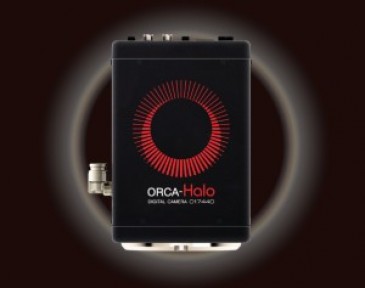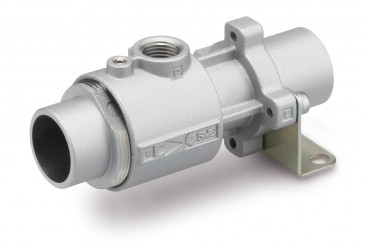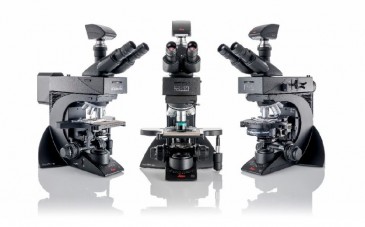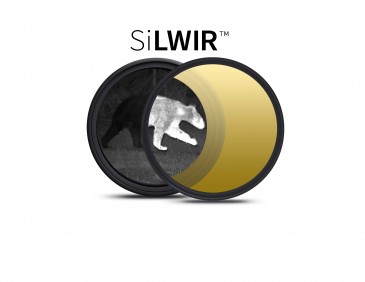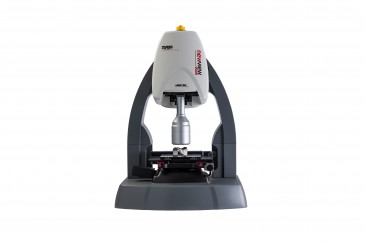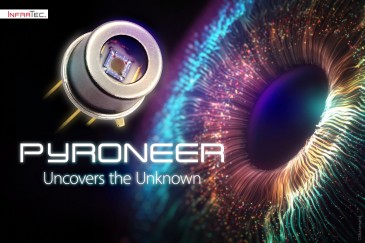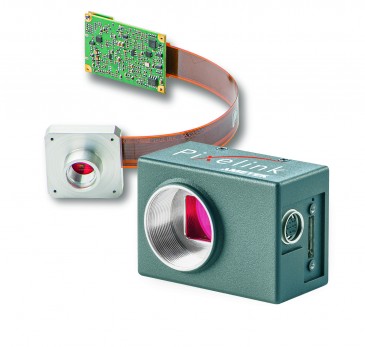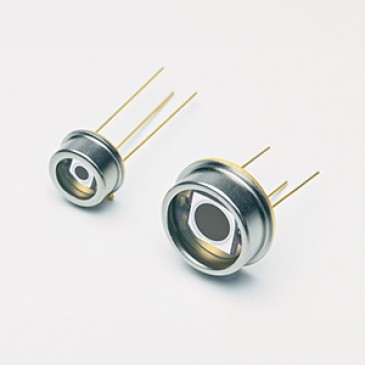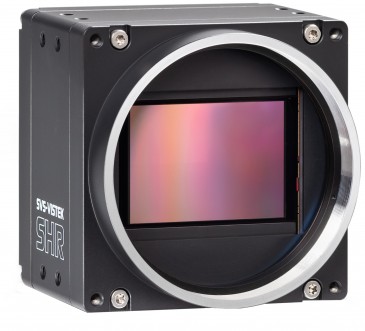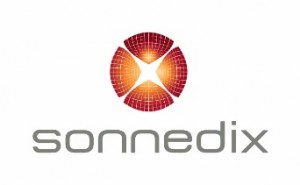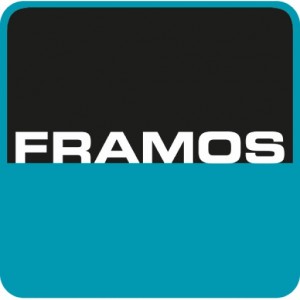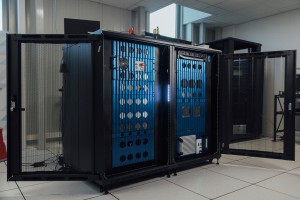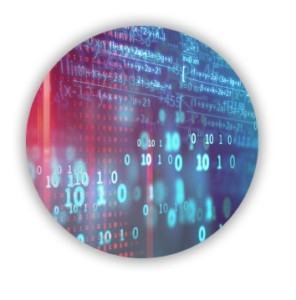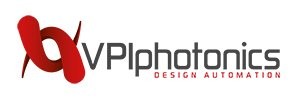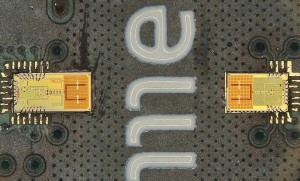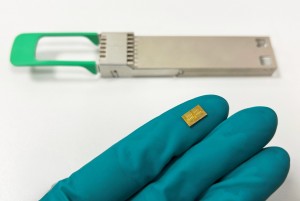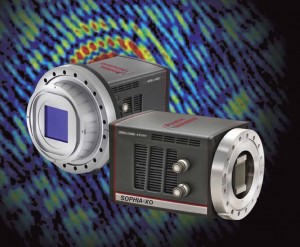
Princeton Instruments, a manufacturer of low-light imaging and spectroscopic instruments, announced today the immediate availability of several high-speed, ultra-low-noise cameras engineered for vacuum ultraviolet (VUV) and soft x-ray direct-detection applications.
The SOPHIA-XO camera platform is specially designed for scientific applications such as VUV/EUV/XUV imaging, x-ray diffraction, x-ray microscopy, x-ray holography, x-ray spectroscopy, and x-ray plasma. New SOPHIA-XO cameras utilize back-illuminated CCDs for direct detection of the widest range of VUV and x-rays (~5 eV to 30 keV). T
hese new “XO” camera models, which are extensions of Princeton Instruments’ popular SOPHIA® product line, feature 2048 x 2048 and 4096 x 4096 formats with 100% fill factor, up to 150,000 efull well, >95% peak QE, and read noise as low as 3.5 erms. A 4-port, 16 MHz readout architecture allows the new cameras to deliver more than 3 full frames per second — 7x to 10x faster than previous 2-port cameras. The SOPHIA-XO is available either with UV-enhanced coating for VUV applications or with no AR coating for soft x-ray applications.
All SOPHIA-XO cameras leverage Princeton Instruments’ innovative ArcTec , a proprietary technology that uses air or liquid to thermoelectrically cool to -90°C. This uniquely well-conceived and well-developed combination of high-speed, high-sensitivity capabilities makes new SOPHIA-XO cameras perfect for myriad large–field-of-view x-ray applications in laboratory, synchrotron, and OEM systems. Interfacing with UHV instrumentation is easy and convenient via a rotatable industry-standard CF flange with a high-vacuum seal design.
SOPHIA-XO cameras are supported by Princeton Instruments’ renowned 64-bit LightField imaging and spectroscopy software, available as a system option. LightField provides hundreds of user enhancements, including a powerful built-in math engine to perform live data analysis. LightField also permits direct control from third-party packages such as LabVIEW (National Instruments), MATLAB (MathWorks), Python (PSF), and EPICS synchrotron software.





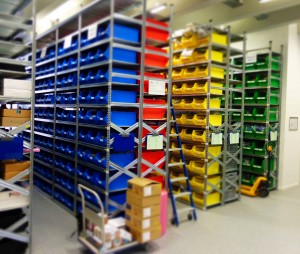


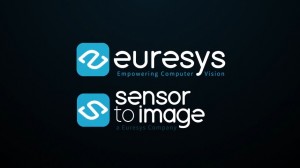
















 Back to Products
Back to Products